CAMP BULLIS, Texas -- Pro football players strive for a Super Bowl ring. Actors give the performance of a lifetime to garner an Emmy or Oscar. Military medical personnel give their all, physically and mentally, to earn the coveted Expert Field Medical Badge.
There were 133 candidates who began their quest at Camp Bullis Feb. 13, and 20 received the EFMB during at a ceremony Feb. 25 right after the grueling 12-mile road march, the final event in the two-week process.
The EFMB was established in June 1965 as a Department of the Army special skill award for the recognition of exceptional competence and outstanding performance by field medical personnel.
It is awarded to military medical personnel who successfully complete a set of qualification tests including both written and performance portions.
"The EFMB is the highest challenge to the professional competence and physical endurance of the Soldier medic," said Lt. Col. Carl Brinkley, who led the five-member EFMB test board. "It is the most sought after peacetime award in the [Army Medical Department]."
"I want you to know, there have been a lot of people thinking about you," said Brig. Gen. Joseph Caravalho Jr., commanding general, Southern Regional Medical Command during the award ceremony. "A lot of time and money went into this [event] for the sole purpose of giving you the opportunity earn this badge."
Caravalho thanked everyone who helped to support the event.
"I want you to wear your badge proudly, but encourage those who did not get [the EFMB] to pull themselves up by their bootstraps and give it a shot again in the future," the general said.
Planning for the SRMC-sponsored EFMB began in October with the selection of key leadership, cadre and support personnel from the region to run the event.
"Tactical combat casualty care (TC3), evacuation, communication and warrior skill tasks were blended into three combat testing lanes (CTLs) in a deliberate scenario-based array to simulate the current combat environment," Brinkley said.
"Unlike station-based evaluation, the concept was for candidates to be briefed on a mission with an operations order and assume the realistic role of a combat medic for approximately one hour and 30 minutes per lane," Brinkley added. "The mission scenario was designed to change as the candidate moved through the lane with fragmentary orders."
The planning culminated in a setup/validation week before the arrival of candidates.
During this time, the five-member EFMB test board validated the written test, CTLs, land navigation and foot march events to ensure they were consistent with Army Medical Department Center & School Pam 350-10 and the evaluators were standardized in their grading.
Following in-processing, the candidates cycled through a standardization week to understand the performance standards and their expectations when running each CTL and experienced a full day and night land navigation course.
The battlefield scenario was purposefully intense to simulate combat conditions required for testing performance. For example, realistic casualties, pyrotechnics, smoke and opposing force activity were used to replicate a combat experience.
Two-hour study halls were held each evening and a full-day study hall occurred at the end of the standardization week.
Test week began with a 60-question, multiple-choice written test for which 45 of 60 correct answers, or 75 percent, was required to pass. Those who did not pass the written test were given another opportunity to re-test prior to the foot march if they were not eliminated on the CTLs or land navigation events.
"Since tasks on the CTLs and land navigation were evaluated 'Go' or 'No-Go,' there was some flexibility to remain in the fight, if a No-Go was received," Brinkley said.
For example, the candidate must receive a 'Go' for 11 out of 14 TC3 tasks, 8 out of 10 evacuation tasks, four out of five communication tasks and 10 out of 13 warrior skill tasks. Day and night land navigation was two separately evaluated events requiring the location of three of four points for each event.
During testing, candidates who did not meet the standards were out-processed and returned to their sending units. Those that did not exceed the No-Go limit per category were allowed to participate in the 12-mile foot march.
The numbers broke down as follows:
Aca,!Ac 129 candidates began test week and 20 crossed the foot march finish line before the three hour time limit for a 16 percent pass rate.
Aca,!Ac 43 percent of the candidates passed the written test on the first attempt and 67 percent on the second attempt.
Aca,!Ac 20 out of 23 completed the foot march.
Aca,!Ac 43 met the day land navigation standard and 38 met the night land navigation standard.
Air Force Lt. Col. Mike Patronis, from Air Force Training Command Headquarters at Randolph Air Force Base, said when he was deployed in Balad, Iraq in 2007, he saw how hard the medical personnel worked.
"I'm an administrator; I don't get my hands on the patients," he said. He saw the EFMB as a training opportunity. "If I do get in that situation, I want to be well trained."
"Once I got here, I also thought about all those young folks who I would like to set a great example for and get the Air Force involved in the EFMB," Patronis said.
Patronis said it was hard, but it's achievable.
"This is my second try at the badge," explained Staff Sgt. Autumn Rodriguez. "I just didn't want to give up. I have a very high-speed NCO who motivated me, so I just had to come out and get it."
Capt. Kristina Bartee from Winn Army Community Hospital in Fort Stewart, Ga., said it was a tie between the road march and the land navigation, as far as which was the most challenging.
"They were both really physical," she said. "It feels good to finish on the first try."
"The land navigation was incredibly challenging, but rewarding," said Capt. Donald Appleman from Winn Army Community Hospital in Fort Stewart, Ga.
"I been wanting to do this for a long time," Appleman said. "Ever since I moved from artillery to medical, I knew I wanted to come and compete for the badge."
"If you want to do well, you need to prepare in advance," Brinkley advised future candidates. "Aim for a less than 15-minute mile pace for full 12-mile foot march training. Seek out training opportunities. Practice for day and night land navigation on tough courses that include map plotting. Become familiar with the CTL categories and tasks by using the score sheets available in AMEDDC&S Pam 350-10. Prepare for the written test by using flash cards and online resources."
Future candidates can consult EFMB test Control website for guidance at https://www.us.army.mil/suite/page/140048.
EFMB recipients
--Capt. John Lopez, 187th Medical Battalion
--Capt. Aaron Roberts, 187th Med. Bn.
--Capt. Dustin Soechting, 187th Med. Bn.
--Staff Sgt. Kristopher Raines, 264th Med. Bn., Highest written test score -- 53 out of 60
--Capt. Cara Pugliese, Great Plains Regional Veterinary Command
--Capt. Suzanne Skerrette. GPRVC, Most Go's, 40 out of 42
--Capt. Emiliee White, GPRVC
--Capt. Jodi Brown, Brooke Army Medical Center
--Staff Sgt. Aaron Butler, Army Reserve Medical Command
--Cpl. Joshua McDowell, Army Reserve Medical Command
--Air Force Lt. Col. Mike Patronis, Air Force Training Command, Randolph Air Force Base
--Sgt. Jason Reeves, Martin Army Community Hospital, Fort Benning, Ga.
--Staff Sgt. Christopher Thomas, Martin Army Community Hospital, Fort Benning, Ga.
--Capt. Donald Appleman, Winn Army Community Hospital, Fort Stewart, Ga.
--Capt. Kristina Bartee, Winn Army Community Hospital, Fort Stewart, Ga.
--Staff Sgt. Autumn Rodriguez, Moncrief Army Community Hospital, Fort Jackson, S.C.
--Spc. Andrew Ducharme, Moncrief Army Community Hospital, Fort Jackson, S.C.
--Capt. Patrick Malafronte, Carl R. Darnell Army Medical Center, Fort Hood, Texas, Finished first in the 12-mile foot march.
--Sgt. Ethan Mergentime, Fox Army Health Center, Redstone Arsenal, Ala.
2nd Lt. Christopher Heuer, Lyster Army Health Clinic, Fort Rucker, Ala.
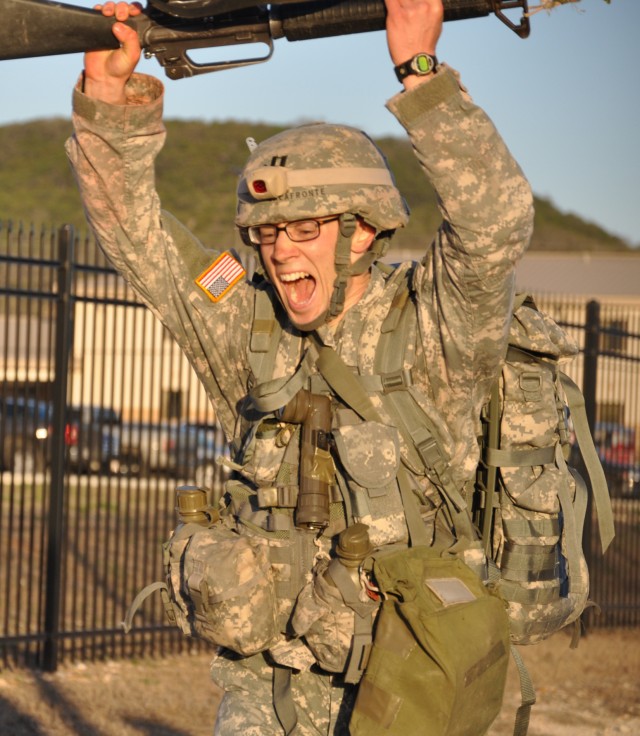
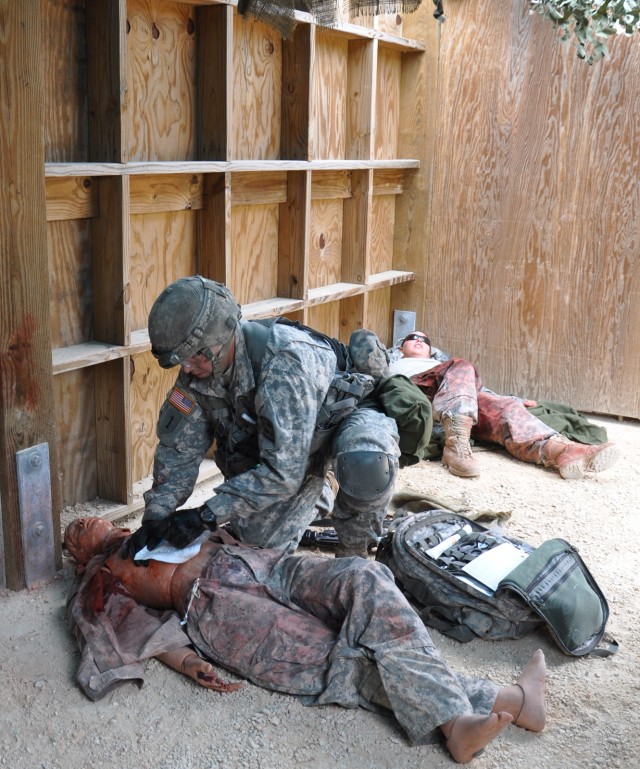
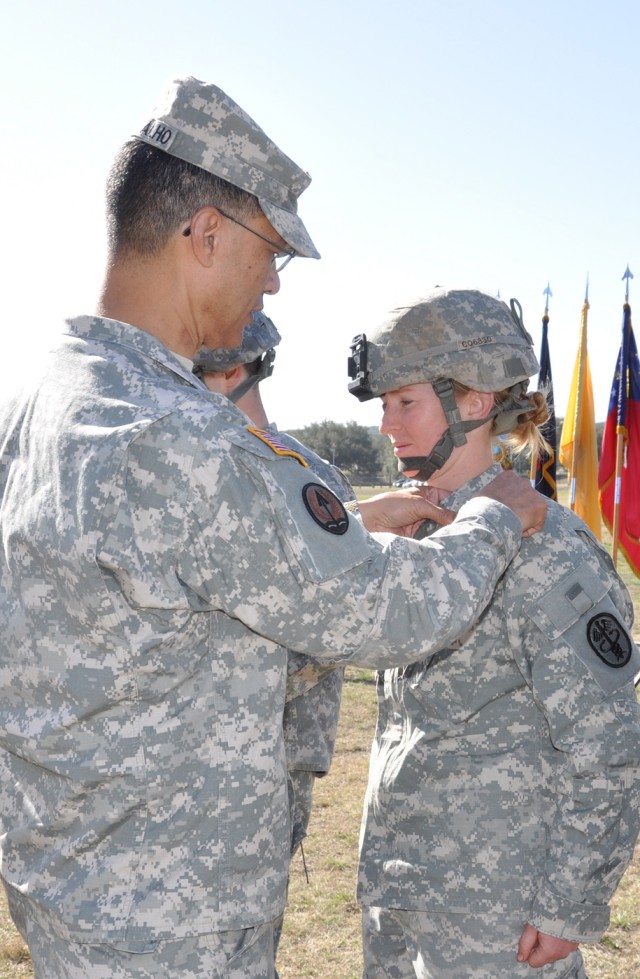
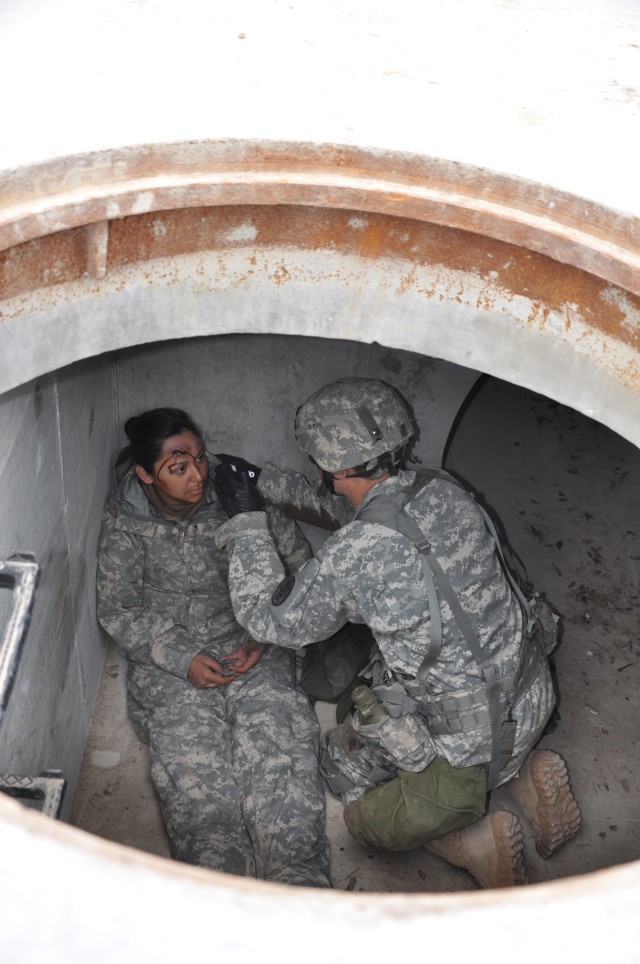
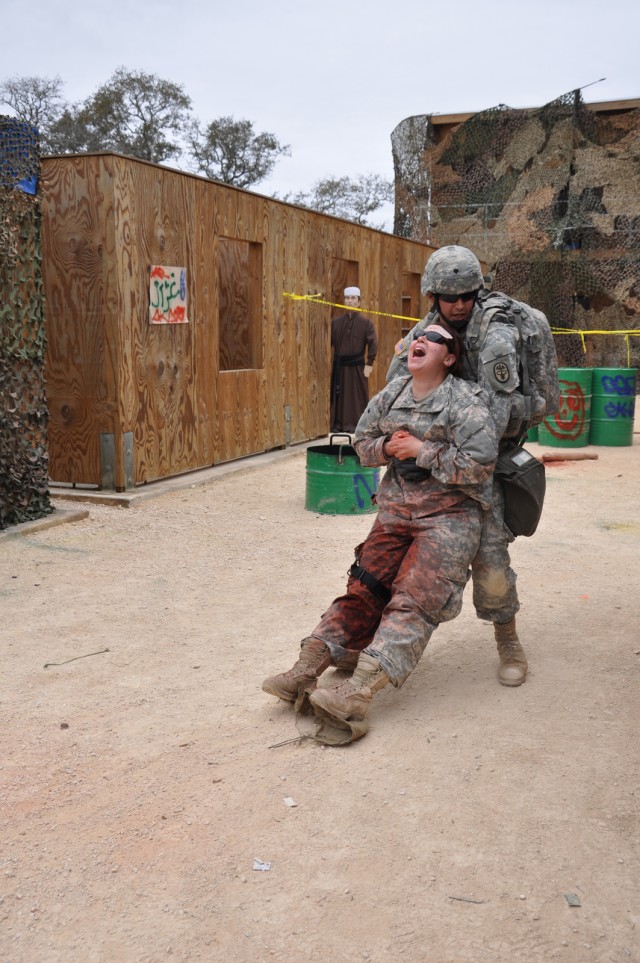
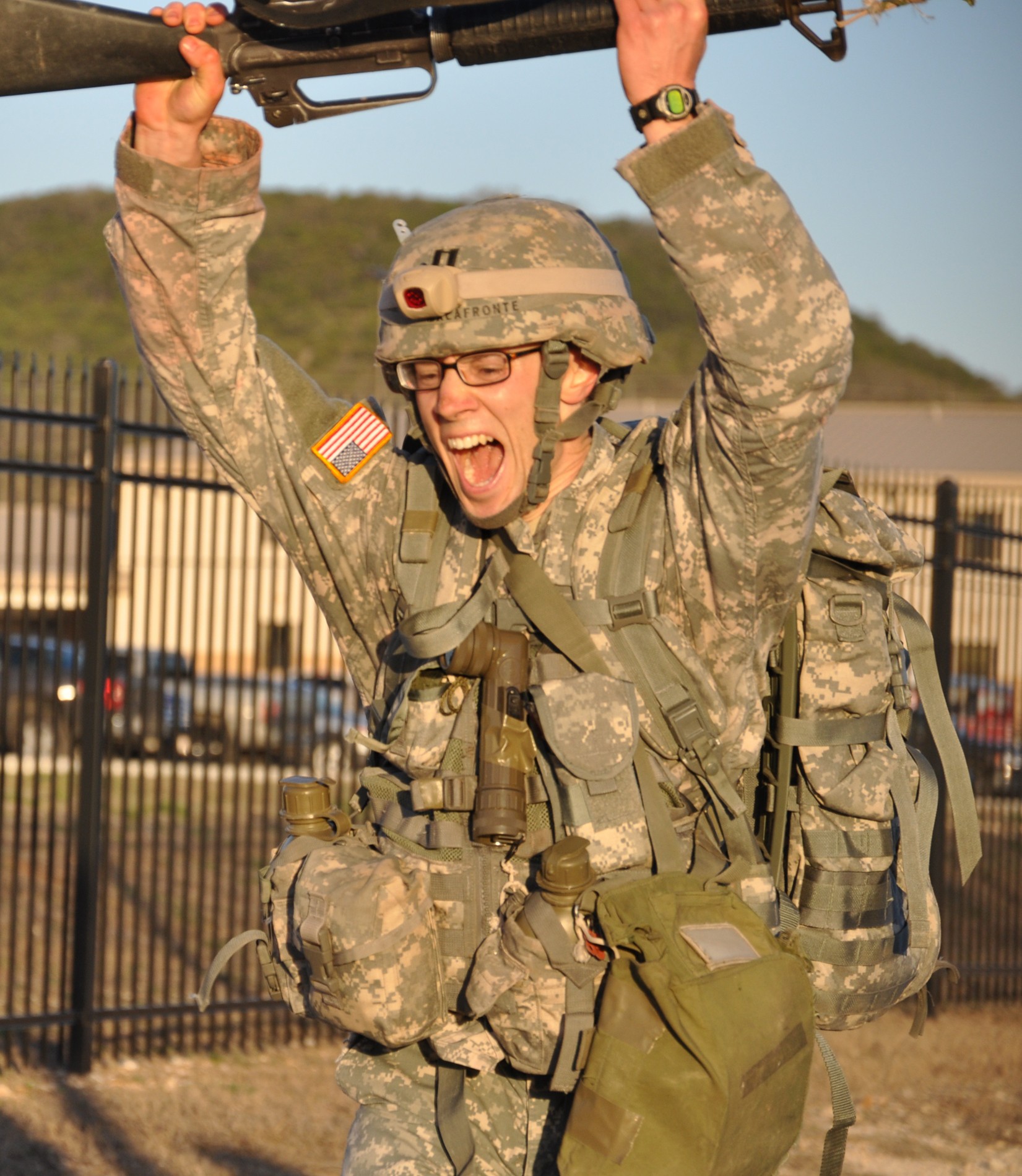
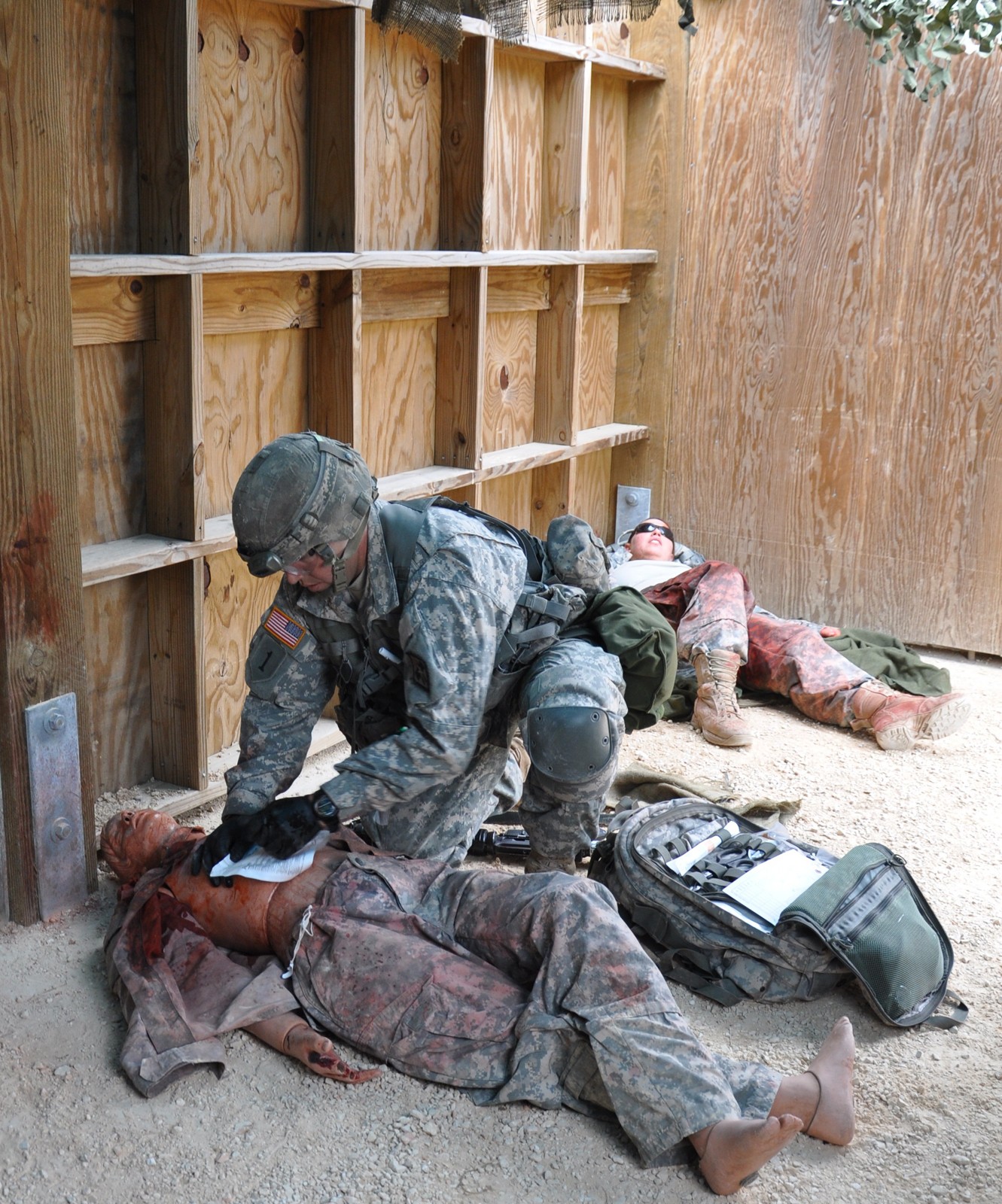
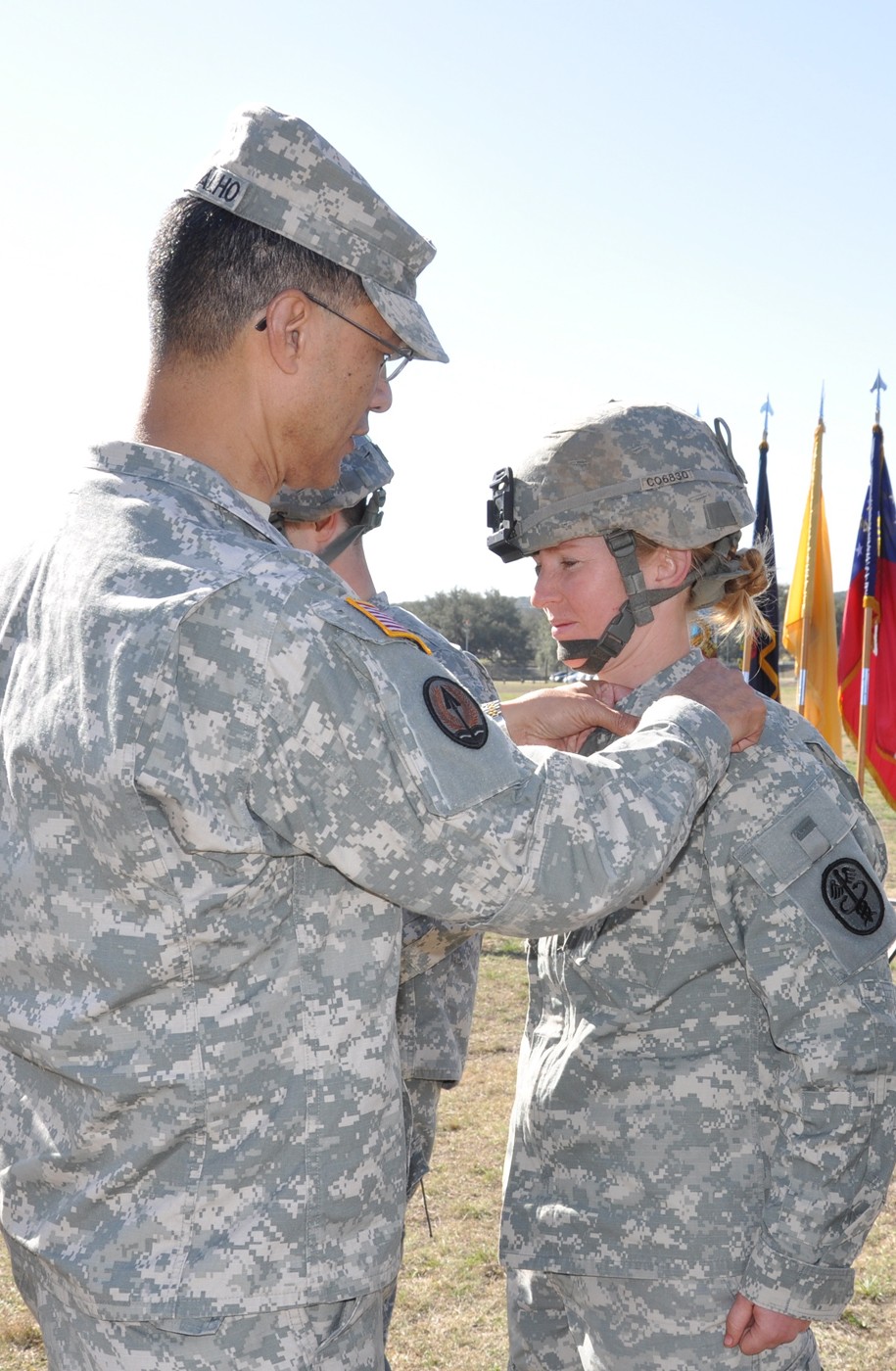

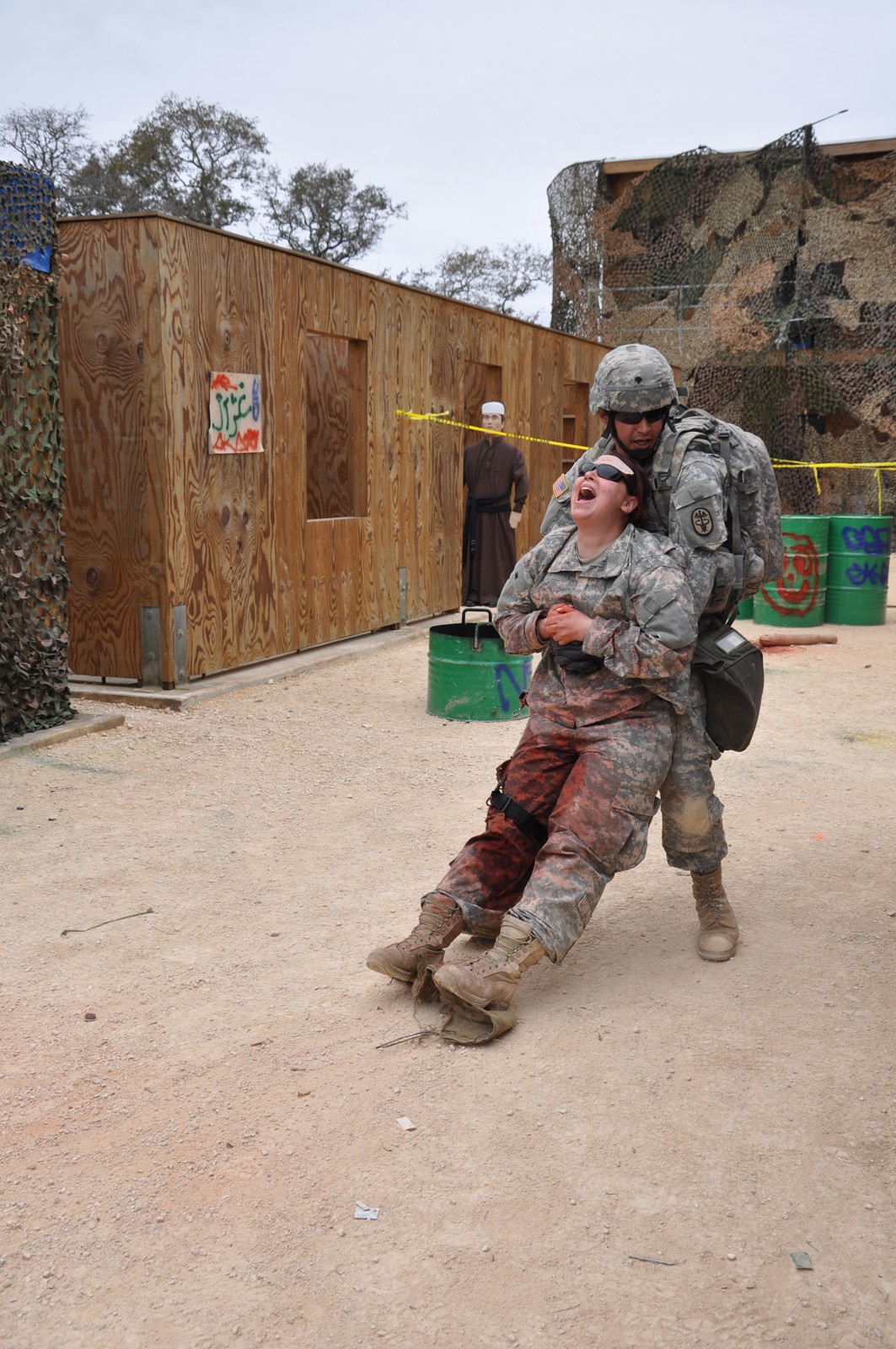
Social Sharing